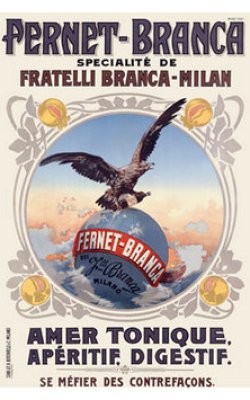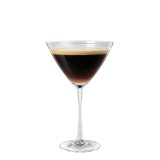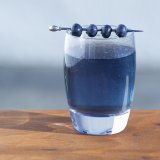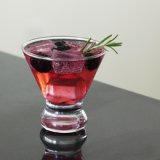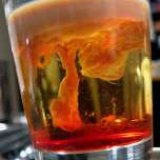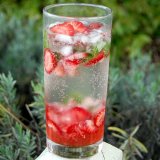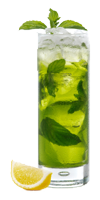Learning to love a mysterious Italian bitter
By Carly Wray
This article originally appeared in TheSpir.it
There’s a fairy tale quality to fernet — we’re talking Brothers Grimm here, not Walt Disney. Alone in a glass, the cola-brown spirit conjures the woods and strange roots dealt by witches; there are medicinal notes, too, but of the sort bought in burlap and taken on faith.
A magical series of things happens when you do a shot of it. First, you recoil from the lacquer of black licorice and fresh paint, it’s alarming and tongue-coating. Once it’s gone, your brain sorts out what’s happened, and any given drinker will describe different phantoms — chocolate, caramel, mushrooms, earth, mint, orange oil, mouth wash. Finally, you join one of two groups of human beings: those who will never try fernet again, and those who will never again live without it.
The facts of fernet are that it’s an Italian herbal liqueur, usually served as a digestif, alone as a shot or on the rocks. It’s a sharply aromatic blend of bits ranging from aloe to wormwood, depending on who’s doing the distilling. The myths surrounding fernet concern all of the ailments it can purportedly cure. Chef Fergus Henderson has deemed it something of a miracle salve for hangovers (and he’s not the only one), and folk legend, especially in its adopted home of South America, holds that a shot of fernet can ease everything from cramps to organ failure.
“Fernet is the spirit, Branca is the brand.” This is Gonzalo Piñeiro, winemaker at Filus, a bodega in Mendoza, Argentina. By his hand gestures, I get the actual point he’s making: When it comes to fernet, especially in this part of the world, Branca is the only brand that matters. “There’s not much of a cocktail culture here,” he says, “but every bar has wine, beer, and Fernet-Branca.”
The same waves of Italian immigration that brought skilled winemakers and artisans to Argentina’s rural interior laid the groundwork for a national love of the old country’s spirits. “The trend of Fernet-Branca started in Cordoba, and spread from there to Buenos Aires,” says Piñeiro. “That’s a rare path.” During the spirit’s migration to the city, it picked up a key companion it has yet to shake: Coca-Cola.
“‘Fernet’ here means Fernet and Coke,” insists Martin Lazorenco, a manager with Michel Torino, a winery in the Cafayate Valley. A small village in the northwest, Cafayate is known for its expression of Torrontes, a white wine that, according to Lazorenco just moments before, is the signature taste of Argentina. When I later mention I’ve yet to have fernet since I’ve been in the country, he jokingly reconsiders wine’s place in the hierarchy of national beverages. He sends immediately for a bottle of Fernet-Branca, but the bartender returns with the Cokes alone, the day’s supply of Branca having already been depleted. “Don’t worry,” Lazorenco says. “Everyone’s got an extra one somewhere.”
A server does soon turn up with a bottle and two highballs filled with ice. Lazorenco fills each to the brim with equal parts fernet and soft drink, not bothering to stir. The sweet, caramel wash of the Coke wears the Fernet-Branca like a cape, a bitter, licorice-laced wrap that warms the soda’s spine. It’s more intriguing and less cloying than anything you’ll otherwise mix with cola, the dark-force equivalent of myriad Cuba Libres or Jack & Cokes. The best part is that it may ease the effects of the morning after, even as you overindulge in it — and while there may be no proof that it staves off organ failure, what a delicious way to hedge your bets.
Try these Fernet Cocktails:

